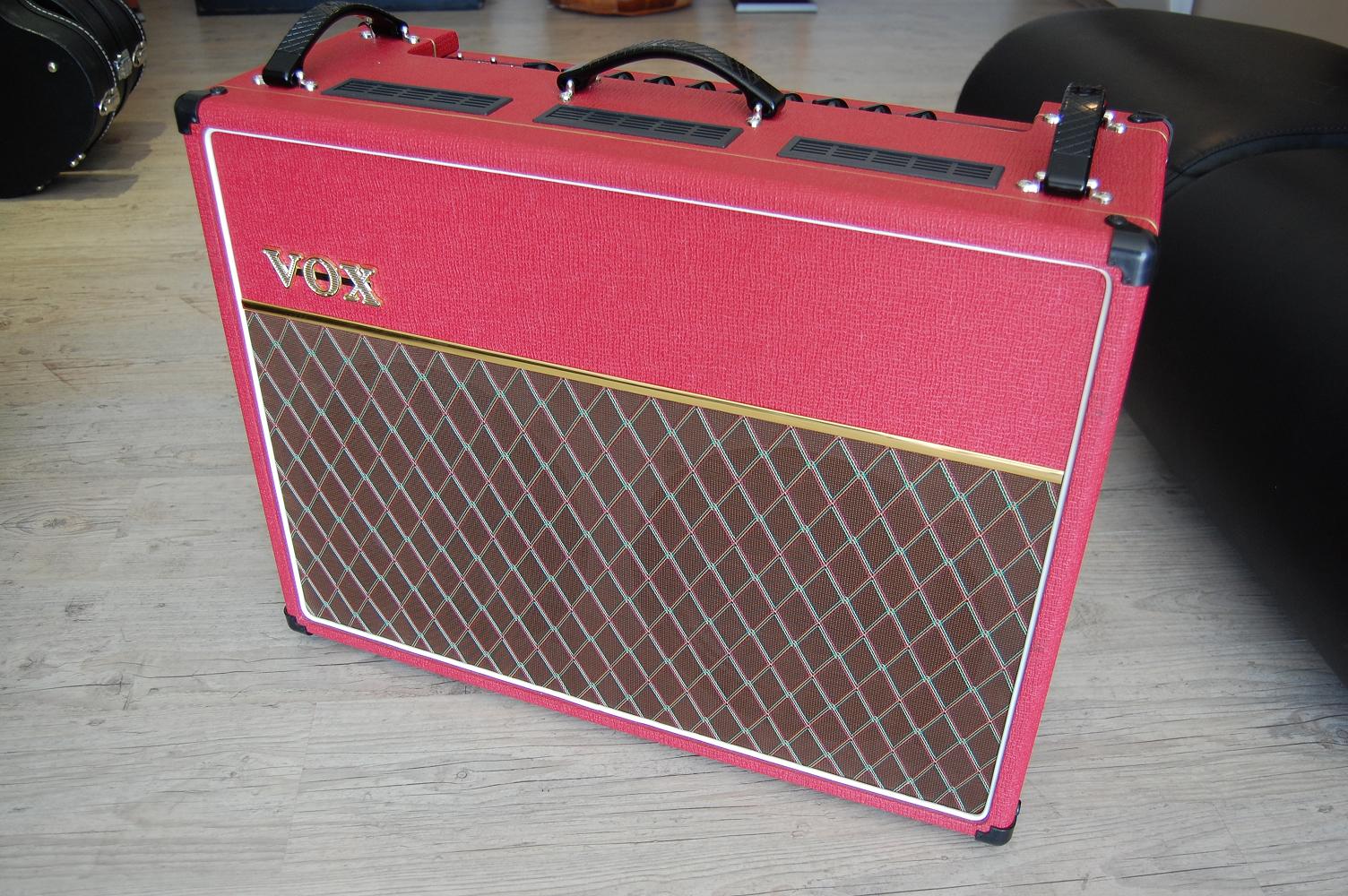


His profession was listed as an apprentice naval engineer. In 1901 he was listed in the census as a lodger at Balmoral Terrace in Gateshead. He had been living in the vicinity of Sunderland in his youth. “Luke” Dyer had been born in Sunderland and was well acquainted with this kit on Wearside.Īrzuaga knew the shirts first hand. William Llewellyn Dyer (Sunderland, 1883), a historic player of Athletic Club in its early years and who at that time was training with the second team, also considered that they could be the ideal shirts for the Club. In subsequent meetings, Juan Arzuaga Anitua (Bilbao, 1880), second Honorary Captain of Athletic Club, made it known that, in the event of changing colours, “Sunderland AFC”, one of the best historic English teams of the late 19th and early 20th centuries, had a stunning kit with red and white vertical stripes. Match between Athletic Club and La Sociedad de Football de San Sebastián in San Sebastián 1909 (Archive from the Biscay Provincial Council) However, the “Sociedad de Football de San Sebastián” argued that as they were the Cup champions from the previous season, it ought to be Athletic Club that should change kits. Athletic Club pointed out that it should be the team from Gipuzkoa that changed its colours because the side from Bilbao had been founded earlier. Throughout the month of November in 1909, attempts were made to get the team from San Sebastián to change their colours because of what had happened to the Athletic goalkeeper in the previous match. The English goalie was unable to distinguish the players of the two sides due to the downpour and the poor visibility during the match. During the game he complained about the continuous confusion created by the blue and white shirts of both teams worn at that time. The Goalkeeper, Crawford, who according to newspaper archives seems to have come from Queens Park Rangers, was the number one in that match for “Athletic Club”. From the moment the match got underway, the rain started to fall once more and it only got heavier as the match went on. The new stand facing the sea was completely drenched. Due to the constant rain throughout the morning, the pitch was extremely wet. Match between Athletic Club and La Sociedad de Football de San Sebastián in San Sebastián 1909 (Archive from the Biscay Provincial Council)Īt the beginning of November in 1909, Athletic Club once again visited Donosti (San Sebastián) at the invitation of “Sociedad de Football San Sebastián” for the inauguration of the new Ondarreta ground. If we want to understand the story better, we must travel back to the end of 1909. Recent studies carried out by Basque sports researcher Borja Valle and members of Sunderland AFC’s official supporters branch in Vizcaya (Biscay), the “Bilbao Black Cats”, Lee Thirkell, Jonny Cockburn, Mark Beston and Ekaitz Muñoz, give a version that differs from those known to date.

It is claimed that on an alleged Christmas trip to England, when he could not find the blue and white shirts based on Blackburn Rovers which were ordered by the club, he set sail back to Bilbao with red and white shirts from the city of Southampton, which was all due to a lovely coincidence. The most widely held theory is that the bearer of the shirts was a student from Bilbao called Juan Elorduy.

Different theories circulate as to how, by whom and why the colours were changed in January 1910. However, it is the origin of Athletic Club’s red and white shirts which has been the subject of numerous debates throughout its history. Sunderland Echo & Shipping Gazette, Thursday 04 July 1889 The first record of an association football match in Spain was between “Barmston Rangers” and “Abydos and others” on 29 June 1889, with details appearing in the Sunderland Echo in July 1889. The match was reported in the Sunderland Echo & Shipping Gazette on July 4th 1889. It is said that British miners also took part in the game. The first recorded football match played in Bilbao was June 29th, 1889, between Barmston Rangers (believed to be members of the SS Barmston, built in Sunderland, 1888) and British sailors from the steamships Abydos, Harven, Nina and Dawdon. Nowadays, we are no longer even aware of their existence. Those tales that were passed on by word of mouth in the streets of Bilbao are no longer even known today. The men who were once heroes for the Athletic Club faithful, have today almost been erased from memory. The passing of time makes stories fade away.


 0 kommentar(er)
0 kommentar(er)
